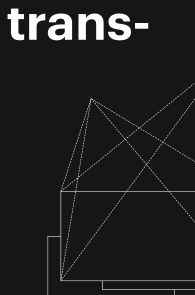open access
메뉴
open access
메뉴 ISSN : 2508-3309
ISSN : 2508-3309
In some documentary films, there are interviews, but in some other ones, there aren't any. As for the documentaries with interviews, the director uses talking heads to suggest their own arguments and to have audience agree. It is evident that interviews play a key role since they lead the story of a human-related documentary. Some directors prefer interviews where directors' questions and interviewees' answers are both heard. On the other hand, there a re directors who carry out the story just by using the answers from the interviewees. Then, it becomes crucial that we understand both of these styles and have new perspectives when watching documentary films. Ethics has always been considered one of the most important factors in documentaries and since they are believed to be "true," the influence documentaries have on the society is enormous. However, possibilities of exaggerating or manipulating the "truth" always exist. Therefore, it is important for the audience to identify the intentions of the director. As a matter of fact, there have been countless researches being done, but it is difficult to find studies that discuss the ways interviews are used in documentary films. The two different styles mentioned above do have huge differences in terms of directing methods. Thus, taking a look at differences from diverse angles will help us better understand the essentials of documentary films. This study will take examples from the interviews in Michael Moore's <Bowling for Columbine>(2002), <Sicko>(2007) and observe how the flow of interviews can change when the voice of the director gets involved. There will also be a close examination of interviews in Kim Ilran and Hong Ji Yoo's <Two Doors>(2011), and <Seoul Train>(2005) directed by Jim Butterworth, Aeron Lubarsky, and Lisa Sleeth, as well as Sebastian Junger and Tim Hetherington's <Restrepo>(2010). By a careful review, use of dissolve, cross-cutting, and flashback will be analyzed to show how different editing techniques have an impact on subjective views of the director.